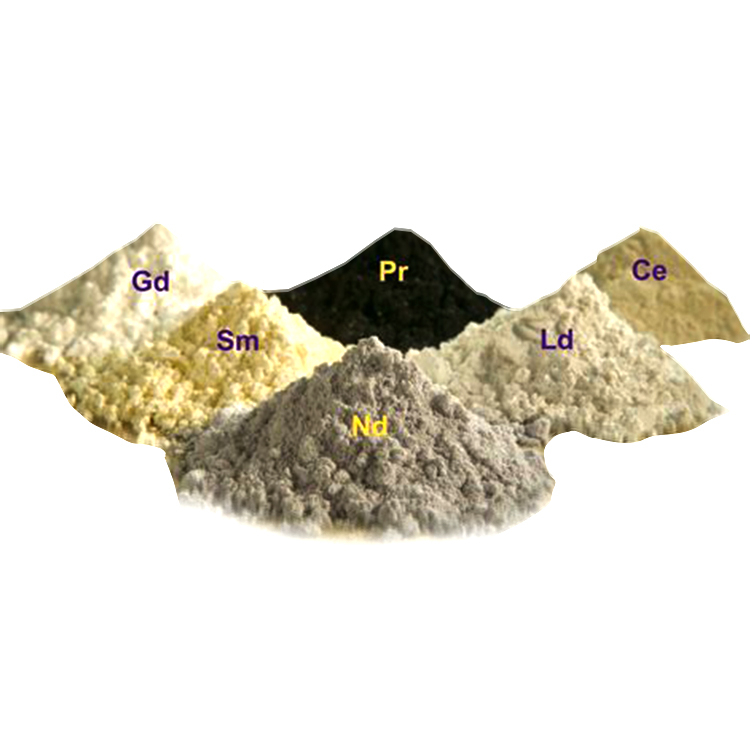服务热线:00852-30780812
The average content of rare earth elements in the earth's crust is 165.35 x 10-6 (Li Tong, 1976). In nature, rare earth elements exist mainly in the form of single minerals. More than 250 rare earth minerals and minerals containing rare earth elements have been discovered in the world, of which 50-65 have a rare earth content of ΣREE > 5.8%, which can be regarded as rare earth independent minerals. Important rare earth minerals are mainly fluorocarbonates and phosphates. The general characteristics of the rare earth minerals are: firstly, the lack of sulphides and sulphates (only very rare ones), which indicates the pro-oxygen nature of the rare earth elements; secondly, the silicates of the rare earths are mainly island-like, with no stratified, shelf or chain structures; thirdly, some of the rare earth minerals (especially complex oxides and silicates) are amorphous; fourthly, the distribution of the rare earth minerals is dominated by silicates and oxides in magmatic and pegmatitic rocks, and by silicates and oxides in hydrothermal deposits and weathered rocks. In hydrothermal and weathered crust deposits, fluorocarbonates and phosphates are predominant. Fifthly, rare earth elements are often co-occurring in the same mineral due to their similar atomic structure, chemistry and crystalline chemistry, i.e. ceriodic rare earths and ninety rare earth elements are often co-occurring in one mineral, but not in equal amounts. Some minerals are dominated by cerium-bearing rare earths, while others are dominated by the yu group.
Of the more than 250 rare earth minerals and minerals containing rare earth elements that have been discovered, there are only about 10 industrial minerals that are suitable for today's metallurgical conditions.
1) Minerals containing cerium rare earths (lanthanum, cerium, neodymium): cerium fluorocarbon, cerium fluorocarbon, cerium fluorocarbon, cerium fluorocarbon and monazite.
2) Minerals rich in Sm and Yadda: Beryllium silicate ore, Niburnite, Black rare gold ore.
3) Minerals containing rare earths of the yttrium group (yttrium, dysprosium, erbium, thulium, etc.): yttrium phosphorite, calcium yttrium fluorocarbon, yttrium eclogite, brown yttrium niobium, black rare gold.
In nature, rare elements are mainly dispersed in the relevant metallic minerals, such as sphalerite, which is generally rich in cadmium, germanium, gallium, indium, etc., and individually also contains thallium, selenium and tellurium; chalcopyrite, zoisite and sulphur-arsenic copper ore are often rich in thallium, selenium and tellurium, and individually also rich in indium and germanium; galena is also often rich in indium, thallium, selenium and tellurium; phengite and spotted copper ore are rich in rhenium, and individually also rich in selenium; pyrite is often rich in thallium Gallium, selenium, tellurium, etc.
Although nearly 200 rare element minerals have been found, they have not been enriched into separate deposits for industrial exploitation due to their scarcity, and so far only rare separate germanium, selenium and tellurium ores have been found, but the deposits are not large.
